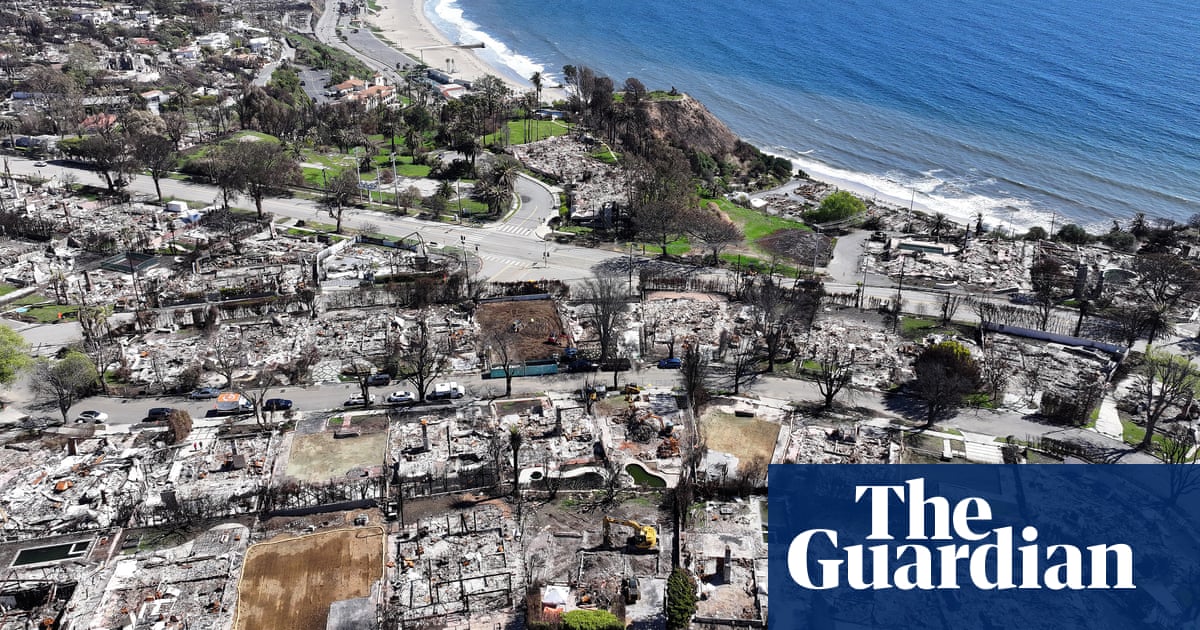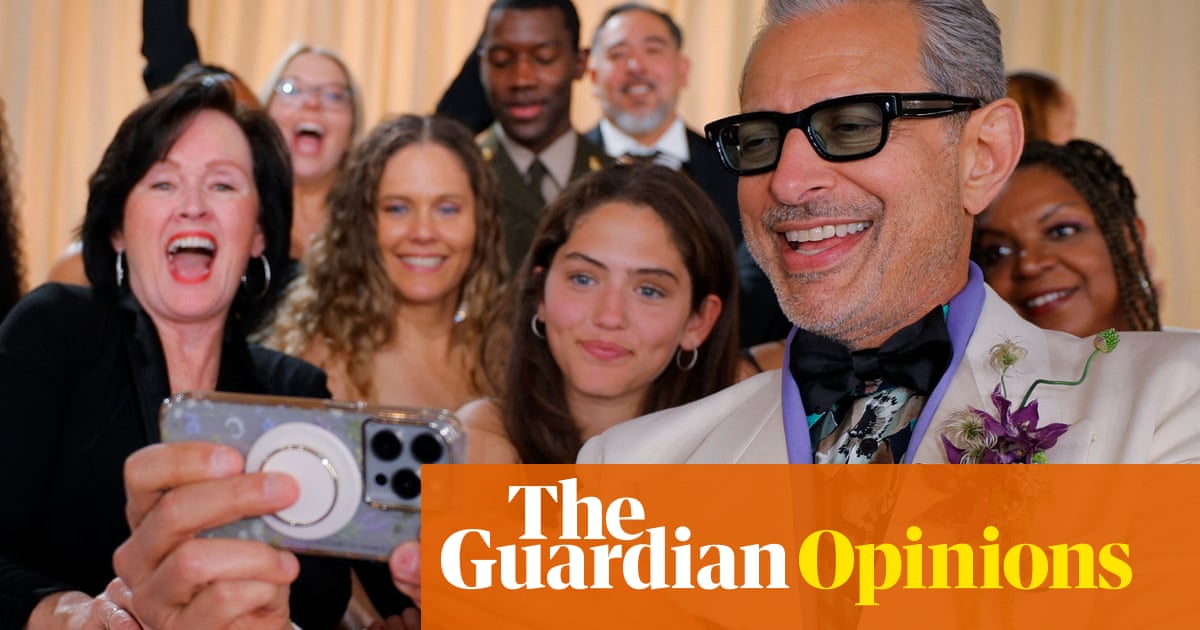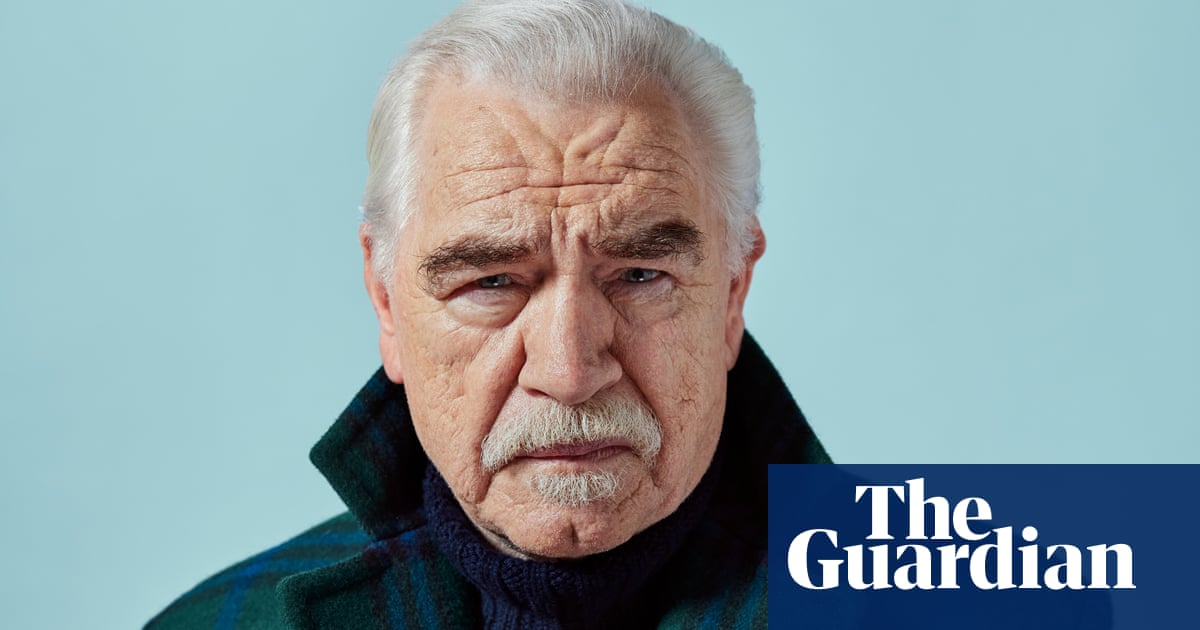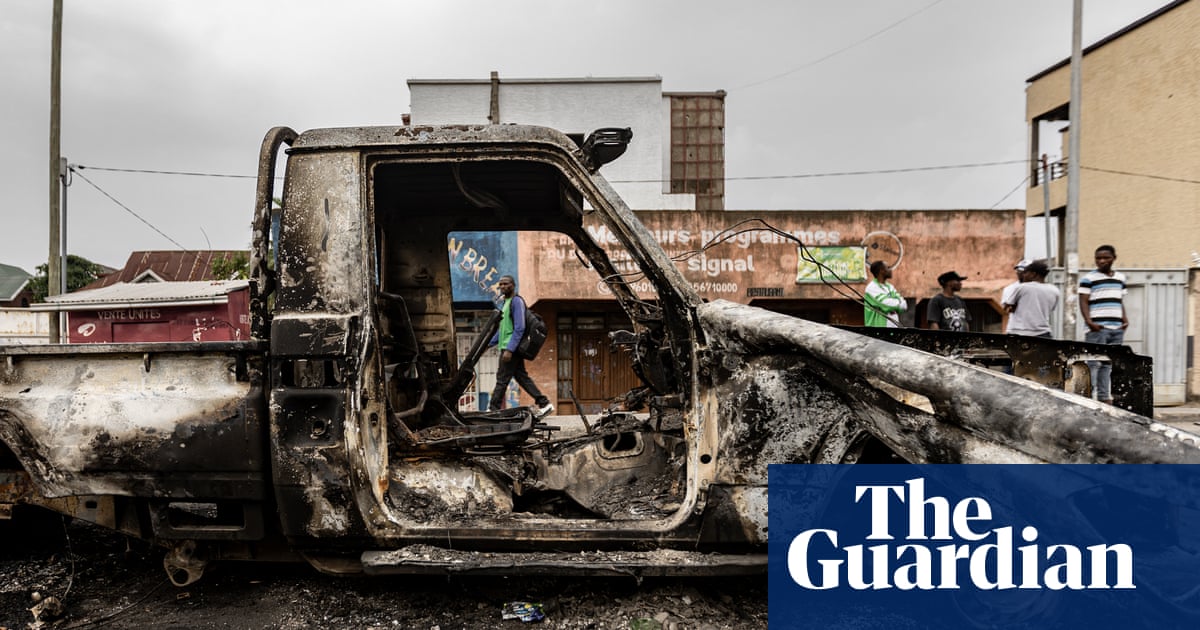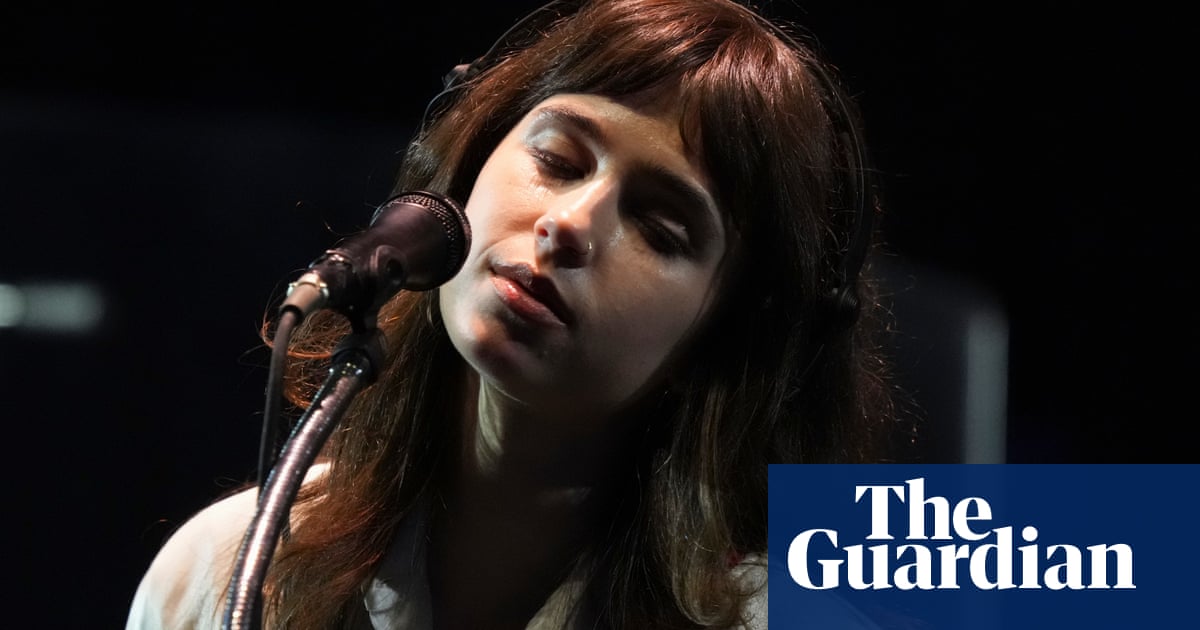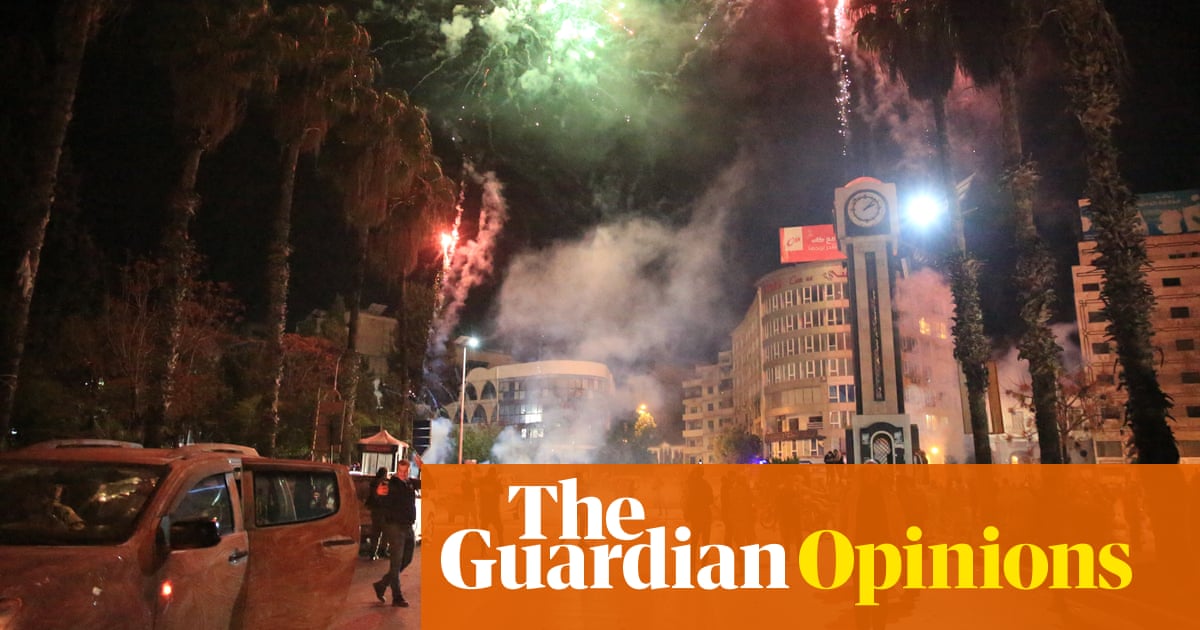Hello and welcome to The Long Wave. I was in France at the weekend to check out the Paris Noir exhibition at the Pompidou Centre, an odyssey through the generations of Black artists from across the world who found a complicated sanctuary in the city. This was supplemented with a walking tour on the life of the artist Beauford Delaney, guided by the company Entrée to Black Paris, and finished off with a mind-blowingly delicious Senegalese dinner. Yes, I’m trying to make you jealous.
In depth: A voyage to Paris Noir

You’re invited into Paris Noir by the frank, sobering gaze of its lead exhibition image: a self-portrait by the South African artist Gerard Sekoto completed in 1947. A modernist, expressionist work with bold, contrasting colours seeming to convey unease, reflection and solemnity, Sekoto painted it days before travelling to London as a self-imposed political exile from South Africa. That year, he would arrive in Paris where he faced difficult living conditions, finding employment as a jazz pianist and singer of South African melodies and Negro spirituals at the nightclub l’Échelle de Jacob (Jacob’s ladder).
Of the 150 Black artists across 350 works exhibited, many of them have stories like Sekoto’s – coming from the US, Caribbean, South America and Africa to find an artistic refuge in Paris. The scope of the exhibition is expansive, an excavation of artistic movements from Afro-Atlantic surrealism to Parisian syncretism. There’s paraphernalia from Présence Africaine, the pan-African culture magazine founded by the Senegalese writer and editor Alioune Diop in the 1940s (to which Sekoto contributed), theological meditations in the Ivorian sculptor Christian Lattier’s 1957 work Le Christ, and subversions of US racial stereotypes in advertising and comics abstracted into a collage by the French-Haitian artist Hervé Télémaque.
What emerges from this vast collection is a beautiful sense of the Black Atlantic. Of artists and writers and thinkers pouring in from across the globe, finding a haven in which aesthetic expressions, debates and dialogues were forged in a world contending with decolonisation through pro-independence movements in Africa and the Caribbean as well as western civil rights struggles. They often documented these times: Bob Thompson depicted US lynchings and the violent quashing of civil rights protests; Sekoto covered the tragic revolutionaries in Zimbabwe (then Southern Rhodesia).

But political art was not only of the world outside France. In May 1967, in response to a racist attack, riots broke out in Guadeloupe, a Caribbean island that morphed from a colony to an overseas department. Protesters were violently suppressed by French police, who opened fire on striking workers in the economic capital, Pointe-à-Pitre. In 1975, the French Guianese artist José Legrand painted a photorealistic diptych of a scene from the demonstrations.
In this Parisian Black Atlantic, the refining of method and a collaborative, artistic corpus flourish. Networks and friendships are formed. Black artists enter one another’s orbits and are moved to create even greater works. In the 1990s, the Senegalese artist As M’Bengue created a visual language in his paintings, with its graffiti, graphic art and anti-capitalist social criticism, inspired by the work of Jean-Michel Basquiat, whom he had met in Paris in 1988. Equally, the abstract, impressionist works of Ed Clark, which includes an untitled painting of three bold strokes created by a “big sweep” technique, are inspired by the works of his friend Beauford Delaney.
If Sekoto is the face of the Paris Noir exhibition, then Delaney is its beating heart. The first piece in your line of sight when you enter the show is his 1968 painting Street Scene (Paris), a sunny, hazy vision of the city through thick, swirling yellow brushstrokes applied using his signature impasto technique, reminiscent of the style of Vincent van Gogh. Tennessee-born Delaney features in all corners of the exhibition, his work relevant to discussions of abstraction, representation, political resistance and portraiture.

Delaney’s life was fascinating but tragic, as I learn from Monique Y Wells of Entrée to Black Paris, which provides guided walking tours of Black Parisian history, culture and contemporary life (and which I cannot recommend enough). Wells takes me on a stroll through Montparnasse, a neighbourhood steeped in history.
As Wells tells me, Henry Ossawa Tanner, often described as the first famous African American painter, came to live in Paris in the late 19th century, which became a draw for other African American artists to arrive. After the second world war, US legislation provided a package of benefits including education funding, low-interest loans and low-cost mortgages for returning veterans to readjust to civilian life and access opportunities. As such, Montparnasse received a wave of African Americans travelling to Paris to attend art schools. Though Delaney was not a veteran, it was this pre-established enclave that he was welcomed into when he moved to Paris on the invitation of his friend James Baldwin in 1953.
Wells tells me that Montparnasse was “in effect a slum” with ramshackle properties – meaning that poor artists such as Delaney could afford to live and create there. There were a number of bouillons, inexpensive restaurants, that Delaney would frequent, such as the Les Mille Colonnes. Wells also takes me to the site of La Bohème, a former club exclusively for white GIs who had imposed their racist attitudes on to post-second world war French proprietors. It was eventually taken over by Buttercup Powell, the girlfriend of the musician Bud Powell, who transformed the premises into Buttercup’s Chicken Shack - a space where musicians and artists could eat cheaply, and where the Trinidadian jazz pianist Hazel Scott played.
In the Paris Noir exhibition, the affectionate relationship between Delaney and Baldwin is honoured. As Black gay men, with Delaney struggling with acceptance of his sexuality, their friendship was especially important in light of the hardships and social pressures they faced. Next to a Delaney painting of Baldwin is a quote by the Giovanni’s Room author: “I learned about light from Beauford Delaney: the light contained in everything, in every surface, in every face.” Delaney created more than a dozen works featuring or inspired by Baldwin, presenting him in different modes – from the majestic intellectual thinker to the compassionate source of warmth and intimacy he had come to know so well.
after newsletter promotion

That intimacy is key to Delaney’s work, as is the prominence of colour and light – particularly yellow, a pigment for hope that, with the raised textures of impasto, captured a yearning for freedom and happiness in contrast to his real life circumstances. His textures seem to capture sound through image: he uses yellow impasto brushes to paint the contralto and civil rights figure Marian Anderson, reminiscent of Byzantine iconography. As the exhibition text reads, the portrait “vibrates like a strange music”.
The tragic details of the artist’s life that I learned on the walking tour added a poignancy to his works. As Wells tells me, Delaney lived in poverty and struggled with mental illness for much of his life. He spent the final years before his death in 1975 in hospital “for the insane” .
Much like Delaney is threaded throughout the exhibition, he is also felt everywhere in this corner of Paris. There are numerous plaques for residences and restaurants he frequented, and so many cafés he would sit outside for hours, people watching and doodling - Le Dôme, La Select, La Coupole. At the end of the weekend I’m left with a sense that Paris, as a crossroads for the meeting of Black artists and cultures, has a strong claim for being one of the great Black diasporic cities – something Monique Wells tells me is under-discovered, and continues to surprise people.
I finished my time in the French capital with a visit to Waly-Fay restaurant, which serves traditional Senegalese cuisine, and ate one of the best meals of my life – fish pèpè soup, suya skewers breaded in cassava flour and chicken yassa, washed down with a hibiscus drink. I wondered about the Black artists of today who come through here, making plans for radical work and sharing ideas over incredible food.
Paris Noir is at the Pompidou Centre until 30 June.
To receive the complete version of The Long Wave in your inbox every Wednesday, please subscribe here.

 23 hours ago
5
23 hours ago
5




